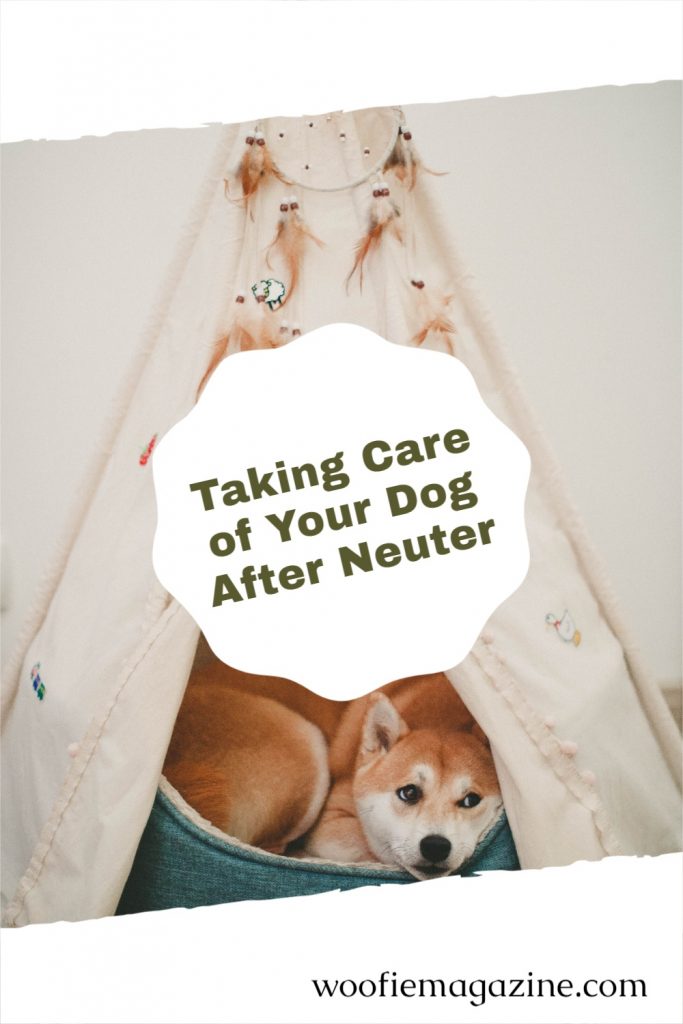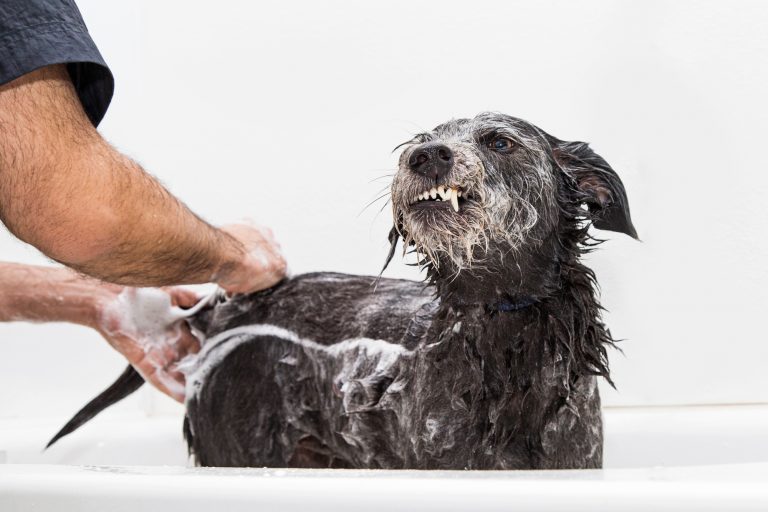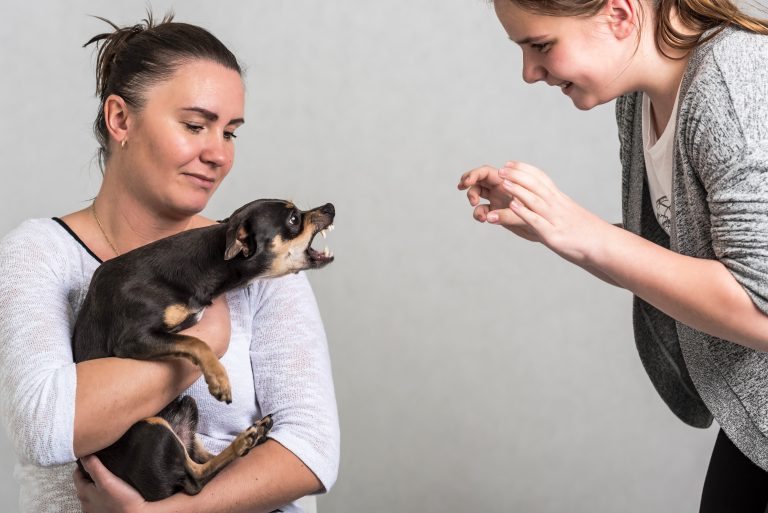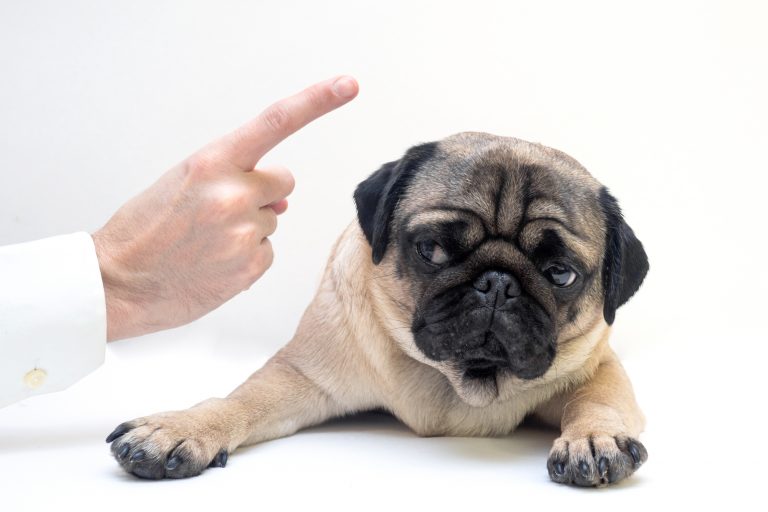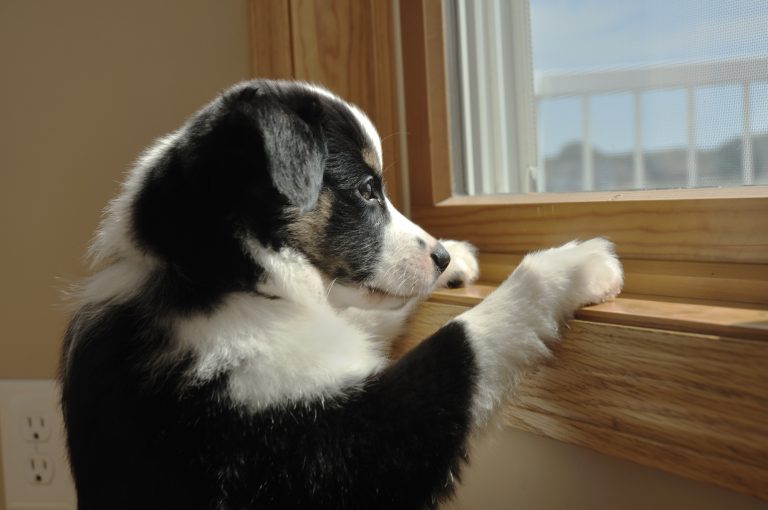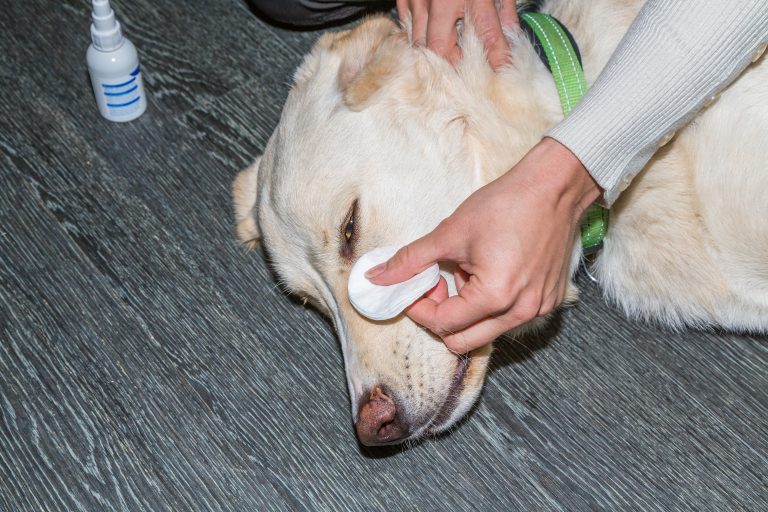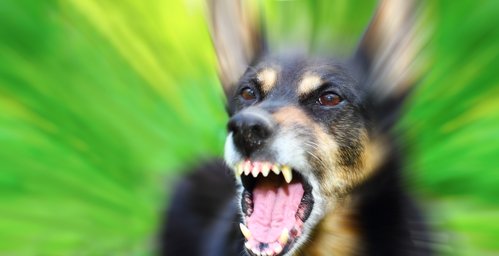Dog Care After Neuter: Get A Recovery Kit Ready
These days, it is pretty much expected of all responsible pet parents that they will have their pets spayed or neutered. This has become the norm, and for good reasons, too. Neutering a pet helps control overpopulation of dogs and cats, eliminates the risks of certain diseases in the animals and solves problem behavioral issues in pets as well. However, keep in mind that dog care after neuter is important as well.
So, let’s have a closer look at the practice...
Neutering A Dog and Its Benefits
Normally, the word spaying is used to refer to the sterilization process of a female dog (or a cat, etc.) while when it comes to male dogs, we say we neuter our dogs.
Now neutering is a surgical method. In male dogs, the process involves removing the dog’s testicles so that it will no longer be able to reproduce. When it comes to spaying a female dog, the entire reproductive system of the dog (uterus, ovaries and fallopian tubes) are surgically removed. The spayed female dogs cannot reproduce and they will not go into heat ever again.
Obviously, the primary reason of neutering a dog is to control overpopulation. With neutered dogs, you will never run the risk of having an unwanted litter on your hand. However, neutering comes with other advantages as well.
In male dogs, the process either eliminates or reduces the risks of diseases such as Prostate Disorders, Diabetes, Perianal Fistulas and Testicular Cancer. On the other hand, spayed female dogs will never suffer from ailments such as Pyometra and Ovarian, Cervical or Uterine Tumors. The process will also significantly reduce the risk of Mammary Cancer and Perianal Fistulas in females.
Finally, neutering often helps reduce or eliminate problem behaviors in pets such as humping, and aggressive behaviors related to sex drive and mating instincts.
All that said, neutering a dog may appear like a win-win situation for the pet and the pet owner alike. We’ll just have to pay extra attention to the dog care after neutering process. That said, we owe it to the animals to mention here that although neutering is largely beneficial for them, the process also brings in its wake certain potential risks and hazards. But more on that later in the article.
Dog Care after Neuter
Now, although neutering a dog is a common enough surgical process and there is little risk involved in the process itself, pet parents (especially those who have never neutered any of their pets before) will understandably be a little nervous seeing their canine companion go under the knife.
Again, rest assured, your dog will be fine post-neutering. There are certain basic post-op care requirements that you’ll need to fulfill once you bring the dog home after surgery. You’ll need to closely monitor the dog’s actions for 10 to 14 days post surgery and by that time, things will pretty much go back to normal.
First of all, the surgery is performed under anesthesia, so it’s common for the dog to feel a little groggy even a few hours after the operation. Although it depends on the breed and the age of the dog, most dogs recover pretty quickly and many will actually have their regular meal at night (unlike dogs, cats take longer to recover). Now it’s time to start on your dog care after neuter process.
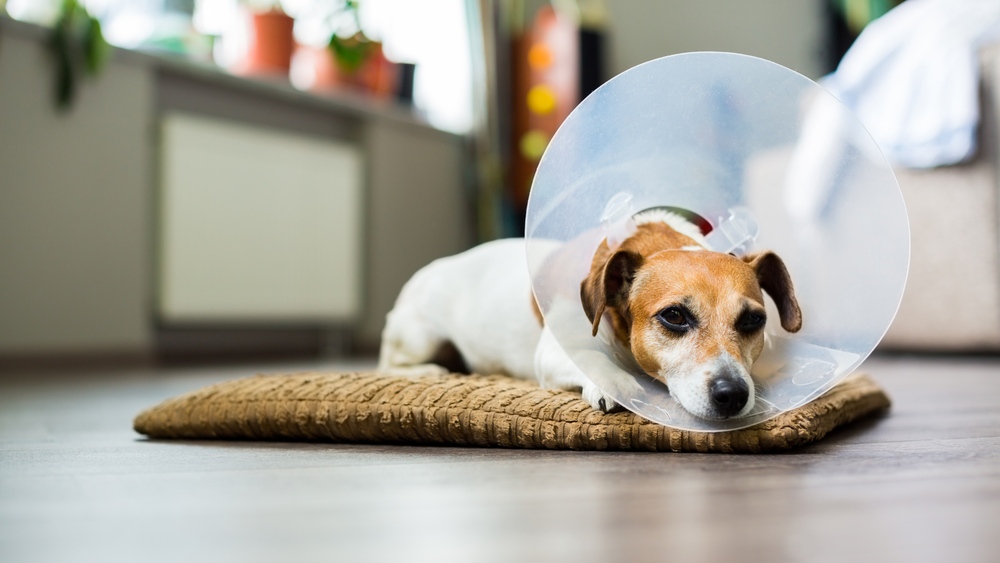

Things You Need to Take Care of
And by the next morning, he’ll already be up and about. However, here’s where you need to observe some caution. Unless the doctor has instructed so, there is normally no need to change his daily routine and this includes his dietary routine as well.
In some cases, you may need to administer some pain relief pills or dog antibiotics. This again is case-specific. Not all dogs will require post-surgery medication. Below are 4 things you need to take note of while taking care of him.
#1: Give him plenty of rest
Make sure that your dog receives enough rest. He should not be running or leaping around the home even if he feels like it. The incision site will take time to heal and any excess activity may cause the suture to come loose, leading to further complications. If you take him out for a walk, keep him on a tight leash. If there are stairs involved, lift him up while going up or down the stairs.
If you have to leave him alone at home while you’re at work, you may want to consider crate training him. That would make it safer for him instead of letting him roam the house while his wound has yet to recover. This will also ensure that he gets ample rest and not overstrain himself.
#2: Avoid bath
Don’t bathe him for at least 10 days after the operation. This is an important point to note in your dog care after neutering process. Again, the external stitches on the incision site may come loose if it gets wet. This also means that you’re not to apply any liquid solution, ointment or gel at the incision site for the first 7-8 days.
Afterwards, once the site has dried up to a good extent, you may apply some microbicidal solution (consult your vet regarding this) to aid the healing process. Soak the solution on a cotton ball and apply it gently over the incision site. Never rub and never use an ointment. The bottomline is that you don’t want to agitate the site in any manner. Give it time and it’ll heal on its own.
#3: Keep him separated from other pets
If you have other pets in the household, keep the operated dog separate from them. The dog may want to play with the other pets but you ought to prevent him from doing that. As we mentioned, any excitement or excess activity may lead to complications. So, don’t take any chances.
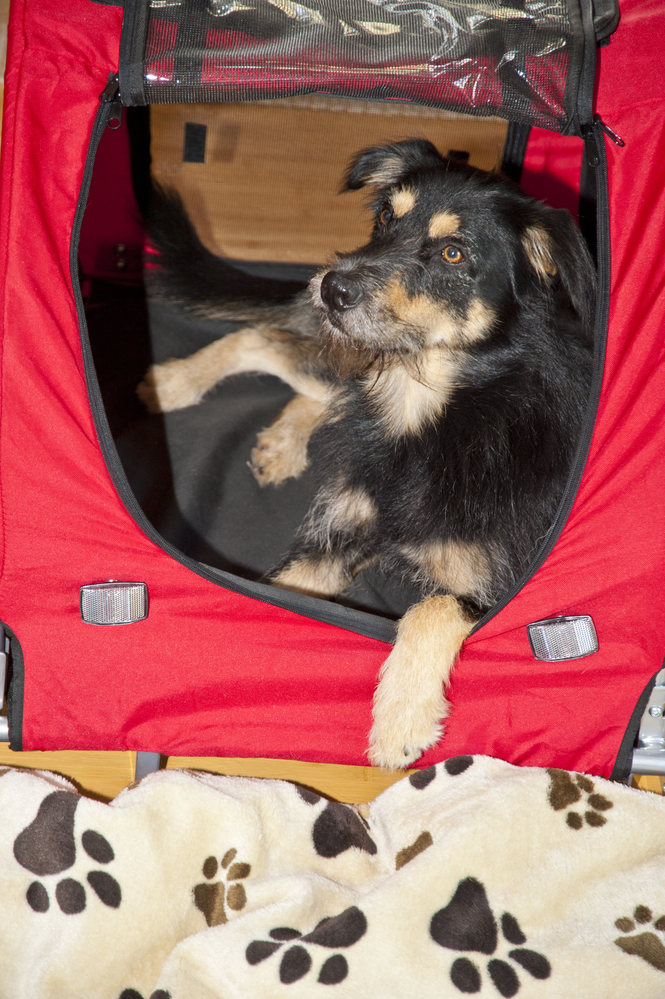

#4: Constant monitoring
Regularly monitor the incision site to make sure that it’s healing properly. During the surgery, the incision will be carried out at the place where the dog’s stomach lies. So, the place will have been shaved and the red incision and the subsequent suture will give the site a red, lumpy look. It is not a very gaily sight, but don’t worry. It will begin to look less messy once the healing process is underway.
However, you’re to look out for any discharge (normally with a foul odor) or swelling at the site. If you notice this, it’s time to call the vet. Also, if your dog feels lethargic or suffers from lack of appetite 24 hours after the surgery, this may be a sign that something is not right.
Some other telltale signs include regular tummy upset, vomiting, diarrhea, somewhat funny or abnormal gait, etc. So, if you notice any of these signs on the operated dog, know that it’s time to take him to the clinic for a checkup.
Keep a Recovery Kit Handy
In addition to the above, we strongly recommend that you assemble a ‘dog care after neuter recovery kit’ before you take your beloved pet to the hospital for his big day. The items in this kit will aid the recovery process of the dog and will provide him comfort as and when required. You may not need to use all of the items in this kit, All the same, we suggest that you stay prepared.
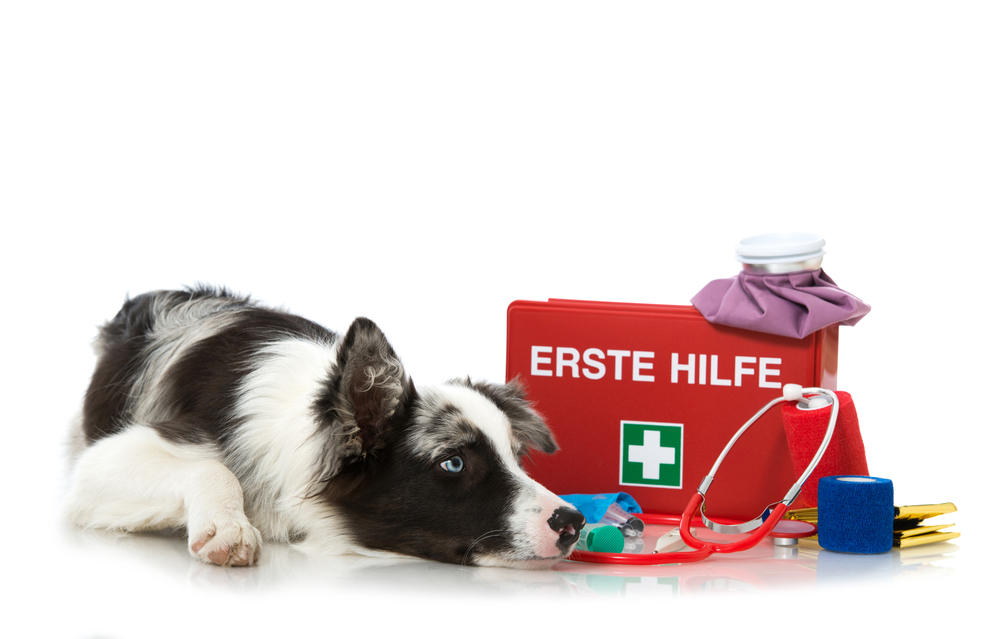

Items to include in the kit:
• Dog Blanket
• Dog Bed
• E-collars or Dog Cones
• Calming Aid
• Dog Toys
As we mentioned, your dog needs to have enough rest time during the 14-day recovery period. So, it’s a wise idea to keep a good quality plush dog bed handy. The latter will often encourage the dog to snuggle comfortably inside the bed instead of roaming around the home. You may even want to put the bed in a dog crate.
As for the blanket, you can place it on your sofa or on a piece of furniture (basically, wherever your dog prefers to lie about). The blanket will safeguard both your sofa and the incision site of the dog.
A dog collar or cone may be necessary if your furkid shows an excessive desire to lick the place of incision. Normally, the dogs will lick the site now and then and that’s perfectly okay. But, sometimes, a dog may lick too frequently (because of anxiety or itching). In that case, you’ll need to put the collar on him.
Calming aids are designed to help those dogs who are somewhat more prone to anxiety than others. These products mostly come in the form of soft chews that help to calm down the dog and help him stay relaxed.
Finally, interesting dog toys will help your dog keep occupied during the recovery period. Since he’ll not be allowed too much play time during this period, it’s important that he stays engaged. Otherwise, boredom may also lead to anxiety.
For your benefit, here are some great product suggestions for when you’re assembling your dog neuter recovery kit.
As or interesting and innovative dog toys, there are far too many choices available. So, simply pick up something that you feel your dog will love. Or you can just add in the toys that are your dog’s old favorites.
Dog Care After Neuter: Final Thoughts
So, now you know there is little need to feel concerned about neutering your dog. Just follow the basic care routines and your furry friend will ride the ordeal with little or no difficulty. However, before we go, here’s one thing we feel we ought to inform all the pet parents.
We’ve mentioned all the benefits associated with neutering your dog. And a large majority of articles you’ll come across internet will repeat the same information. But, you need to be in the know, too, that neutering your dog at times may also make him susceptible to certain diseases (depending on the dog’s breed mostly). There are also possibilities of complications.
So, if you want to be at ease to know that you’ve made the right decision for your furkid, do arrange for an appointment with your vet and have a talk with them. They will be able to do a thorough examination of your dog to ensure that he’s suitable for such an operation.
I hope that this guide to the dog care after neuter process will help you decide if you do want to send your dog for neutering and also in helping you take care of your furbaby.
